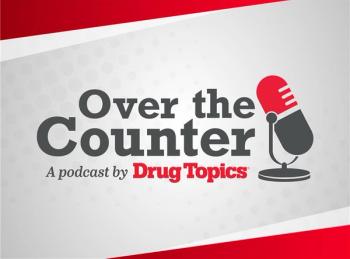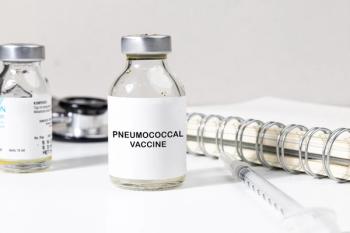
If Your Patients are Grumpy on Sundays and Happy on Thursdays, That May be Usual
If your patients are grumpy on Sundays and happy on Thursdays, you may not be alone.
A new study finds that your customers are probably happiest on Thursdays and grumpiest on Sundays.
The study collected data from 136 pharmacies across the world and used 5.2 million patient satisfaction feedbacks, and provides valuable insight for pharmacists looking to both understand and increase levels of customer satisfaction. The pharmacies were located in Europe, the United States, Latin America, and Canada. Over 50 of the pharmacies were located in the United States, but the results were consistent from country to country.
Up next: What you can learn from this feedback
To collect the data,
HappyOrNotTerminal Source:happy-or-not.com
The problem for many pharmacists attempting to collect customer satisfaction surveys was the relatively low feedback response rate. In one example, a pharmacy used written surveys around the store as their means of gauging customer satisfaction, but received very few responses, and mainly negative ones.
However, the data provided by HappyOrNot was surprising to many pharmacists, according to Johnelee Dizon, Marketing Director, Americas for HappyOrNot. Pharmacists were “surprised about the feedback, because they don’t usually hear from satisfied customers,” and hear mainly from people with negative experiences, which leads many to believe their customer satisfaction is lower. The key to the HappyOrNot data is the simplicity of their feedback terminal, designed to maximize the number of customers-both happy and unhappy-that respond.
Overall satisfaction for pharmacies was very high. HappyOrNot found that the benchmark for customer satisfaction in retail stores overall is 85%, but it is much higher in pharmacies-94.6%. This is because “the expectation is higher [for the] level of service that pharmacies provide” said Dizon. Customers have high expectations for a pharmacy, but it appears that these expectations are, overall, being met in most pharmacies.
The data also show that in 2016, customer satisfaction steadily increased month by month-with a brief dip from May through July-from 88.8% to 94.1%.
What do these data mean for pharmacists?
Though customer satisfaction rates do seem to be consistently high in pharmacies, they can always be higher, and more customers can always be served.
For pharmacies with high levels of customer satisfaction, the “common denominator was if they had the culture of customers-first attitude” said Dizon. This attitude “reflected in their customer satisfaction scores.” Simply being willing to adopt this customer-first posture helped many pharmacies increase their customer satisfaction over time.
Barry Klein, RpH, MS Pharmacy Management President of
The biggest driver in increasing customer satisfaction for Klein was his staff members being more aware of customer satisfaction levels. “The most important thing for the staff is that customer service is always being monitored” he said. He stressed that because the staff members knew that customer satisfaction was being constantly monitored, they were more focused on providing an excellent customer experience. He said that if any of his stores drop below 90% satisfaction, the manager of that store is responsible for looking into what went wrong that week and what can be improved.
He says that the data is valuable because it allows his staff and managers to track it down to days or even hours to pinpoint what needs to be improved at very specific times. He added that it was because of the anonymity of the feedback terminal that he received enough responses to make the data valuable.
However, as Dizon stressed, a customer-first attitude does not imply an employee-last attitude. Rather, “employee satisfaction goes hand-in-hand with customer satisfaction.” This is true regardless of profession.
“Engaged employees create engaged customers,” Rhett Majoria, RPh, Co-owner and Chief Pharmacist of the
Klein echoed this sentiment as well. He started a competition with his stores to see which store could achieve the highest levels of customer satisfaction, and once a quarter the highest store wins a prize, like choosing a place to all go out together.
In addition to employing a customer-first attitude, HappyOrNot made a series of recommendations for pharmacists to increase customer satisfaction. When looking to increase customer satisfaction, consider factors like:
- Staff friendliness
- Wait time
- Having knowledgeable and informative staff
- Readiness of medication or its generic brand
- Ease of refill
- Cost competitiveness
- Wellness center or preventive care options
So what should pharmacists take away from this? Founder and CEO of HappyOrNot, Heikki Väänänen summed it up: “Many of our clients acknowledge that measuring, tracking, and improving customer experiences is a worthy goal as it boosts loyalty, drives higher conversions and, ultimately, increases revenue.”
“They also realize that in order to improve quality, increase market share, optimize service, they must align all aspects of the organization in an effort to improve and manage performance.”
Newsletter
Pharmacy practice is always changing. Stay ahead of the curve with the Drug Topics newsletter and get the latest drug information, industry trends, and patient care tips.















































































































